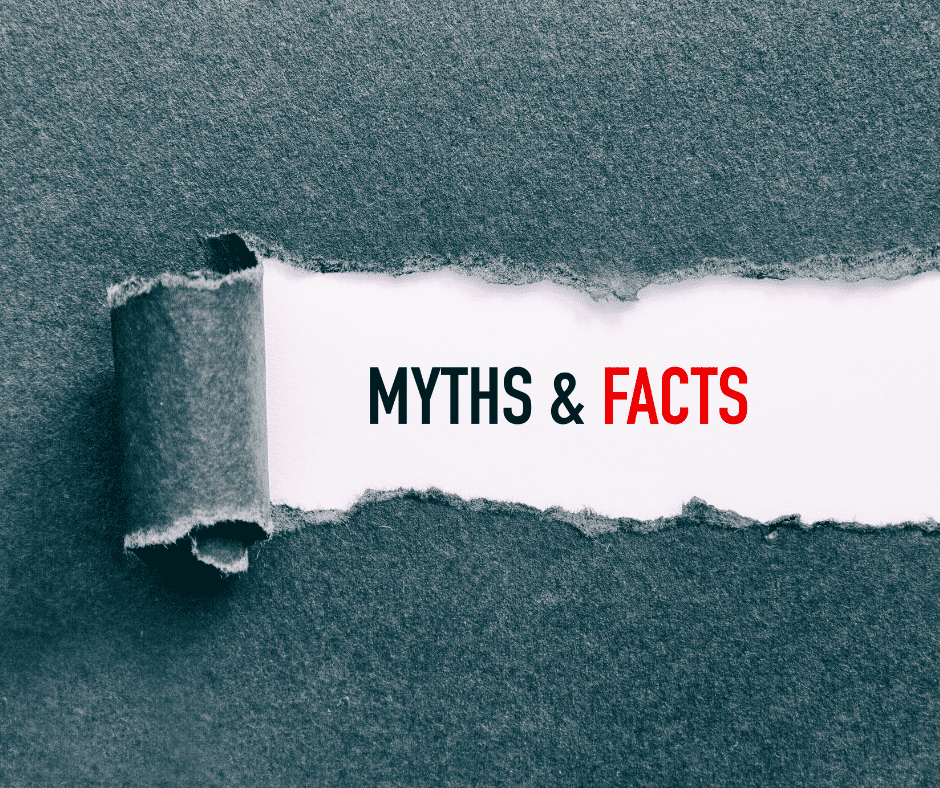With the amount of information available today, it’s easy to get a little swayed by a mix of truths, half-truths, and outright myths. This is especially true when it comes to car repair and maintenance. Every driver has heard at least one “golden rule” or “trusted advice” from well-meaning friends or family. But how many of these are based on fact? In this post, we will debunk some of the most common car myths and provide you with genuine car maintenance tips to keep your vehicle in top shape.
1.Myth: “Premium fuel will make any car perform better.”
The Truth: Premium fuel is designed for high-compression engines, typically found in high-performance cars. For most vehicles, there’s no advantage in using premium over regular-grade fuel.
What Customers Should Do: Always use the grade of fuel recommended in your vehicle’s owner manual. You’ll save money and won’t compromise performance.
2. Myth: “You should change your oil every 3,000 miles.”
The Truth: This might have been accurate years ago, but with advancements in engine design and oil formulation, many vehicles can go between 5,000 to 10,000 miles or more between changes. In Canada, that’s every 8,000 to 12,000 kilometres or every 6 months.
What Customers Should Do: Refer to your car’s manual for the recommended oil change interval. Following the manufacturer’s guideline is one of the best car maintenance tips. You can also ask your mechanic for advice on this.
3. Myth: “Manual transmission doesn’t require maintenance.”
The Truth: Although manual transmissions tend to be less finicky than automatics, they still require periodic checks and fluid changes.
What Customers Should Do: Ensure that your car repair and maintenance routine includes checking the transmission fluid levels and getting it replaced at the recommended intervals.
4.Myth: “If your brakes are noisy, it always means they’re failing.”
The Truth: While squeaky brakes can be a sign of wear or damage, sometimes the noise might be due to something as simple as dust or minor rust.
What Customers Should Do: If your brakes start making unusual noises, it’s best to get them inspected. Remember, safety first!
5. Myth: “Using the A/C drains the car battery quickly.”
The Truth: Modern car systems are incredibly efficient. While using the A/C does demand some energy, it’s not enough to significantly drain a healthy battery on its own.
What Customers Should Do: If you notice your battery dying frequently, it might be time for a replacement or there could be another underlying issue. Get your car checked by your trusted mechanic.
6. Myth: “Filling your tires with nitrogen improves fuel economy.”
The Truth: While nitrogen is less susceptible to temperature changes compared to regular air, the impact on fuel economy is minimal for everyday driving.
What Customers Should Do: Keep your tires inflated to the recommended PSI, whether you’re using air or nitrogen. Proper tire pressure is key to good fuel economy and is among the top car maintenance tips.
7. Myth: “Warming up your car for several minutes is necessary, especially in winter.”
The Truth: Modern engines are designed to warm up quickly and don’t require extensive idling before driving. In fact, prolonged idling can be harmful.
What Customers Should Do: A 30-second to one-minute warm-up is sufficient for most modern vehicles, even during colder months.
8. Myth: “A dead battery only needs a short drive to recharge.”
The Truth: A short drive is usually insufficient to fully recharge a car battery, especially one that’s been completely drained.
What Customers Should Do: Use a dedicated battery charger or drive your vehicle for an extended period to ensure the battery recharges fully. Generally speaking, we recommend driving for at least 30 minutes.
9. Myth: “Coolant should be flushed and refilled every year.”
The Truth: Most modern coolants are designed to last much longer than a year. Flushing and replacing the coolant yearly is generally unnecessary.
What Customers Should Do: Refer to your owner’s manual for the recommended coolant change intervals. Make this a part of your regular car repair and maintenance checklist.
10. Myth: “You should always inflate tires to the maximum limit shown on the sidewall.”
The Truth: The figure on the sidewall is the maximum pressure the tire can hold, not the recommended driving pressure. Overinflated tires can compromise handling and ride comfort.
What Customers Should Do: Always inflate tires to the manufacturer-recommended pressure, usually found on a sticker inside the driver’s door or in the owner’s manual. Canadian Tire also has a great guide on how-to check your tire pressure and inflate your tires.
These car myths have been around as long as cars themselves. While some have a grain of truth, many are outdated or simply misinformed. By understanding the real facts behind car repair and maintenance, you can make better car repair and maintenance decisions, ensuring your vehicle runs efficiently and safely. Remember, when in doubt, always rely on trusted sources or professionals for advice. Contact your mechanic when you need any advice, or book an appointment with us and we would be happy to help. Embracing these car maintenance tips and staying informed will not only prolong the life of your vehicle but also save you money and unnecessary headaches down the road.
